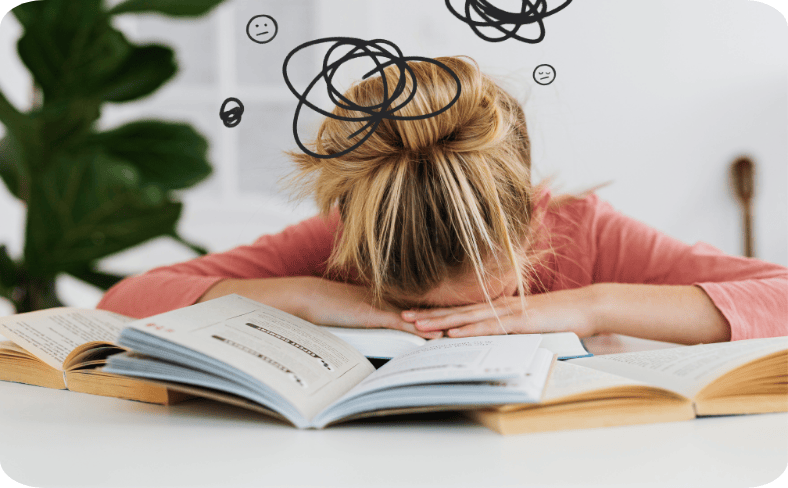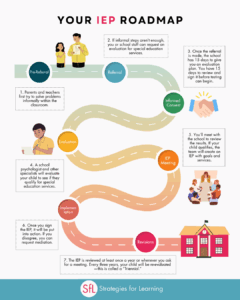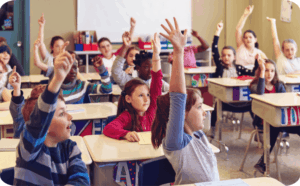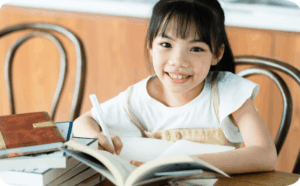No products in the cart.

Learning disabilities can greatly affect a student’s educational experience. However, how students perceive and respond to their disabilities varies widely.
How Students Feel About Having a Learning Disability
Students often experience mixed emotions about having a learning disability. Initially, feelings of confusion, frustration, or isolation are common. For instance, a student with dyslexia may feel embarrassed when struggling to read aloud, especially when peers seem to have no trouble. On the other hand, receiving a diagnosis can bring relief by providing clarity. Yet, this relief may be accompanied by anxiety about being seen as “different” or “less capable.” Over time, as students better understand their learning disabilities, their feelings may shift toward acceptance and empowerment.
Building a Student’s Understanding of Their Learning Disability
Understanding a learning disability is essential for several reasons. It promotes self-awareness, allowing students to identify their challenges and strengths. For example, a student with ADHD might realize that distractions are a barrier and take steps like sitting in a quiet space. Awareness also helps reduce shame or negative self-perceptions. Recognizing that their struggles stem from a specific condition, not a lack of intelligence, encourages a healthier mindset and more productive approach to learning. Learn more in our Guide to Self-Advocacy for Children with Learning Disabilities.
Empowering Students with Knowledge of Accommodations and Strategies
Knowing which accommodations and strategies help is critical for students with learning disabilities. This knowledge enables them to use tools that support their success. For instance, a student with a writing disability might use speech-to-text software to complete assignments more efficiently. Being aware of these needs allows students to advocate for themselves and communicate effectively with teachers. Self-advocacy promotes independence and builds confidence in managing academic challenges. Learn more about the types of accommodations for students with learning disabilities.
5 Strategies to Build Confidence
There are several strategies to help students with disabilities develop confidence:
- Setting Achievable Goals: Small, realistic goals can lead to a sense of accomplishment. A student with math challenges might aim to complete five problems on their own before seeking help. These small wins foster motivation and pride.
- Encouraging Strengths: Focusing on what students excel in—like music, sports, or art—can help them build a strong sense of identity beyond academics.
- Peer Support and Mentoring: Connecting students with others who share similar experiences creates a supportive community. Mentoring from older students with disabilities can provide guidance and inspiration.
- Positive Reinforcement: Consistent encouragement from teachers and parents reinforces self-worth. Recognizing effort, even when results are imperfect, emphasizes the value of persistence.
- Extracurricular Involvement: Activities like clubs, sports, or the arts help students develop social skills and discover talents outside the classroom, boosting overall confidence.
Learning disabilities present challenges, but understanding them is the first step toward empowerment. With self-awareness, appropriate accommodations, and confidence-building strategies, students can thrive both academically and personally. Supporting students as they navigate their unique learning paths enables them to reach their full potential and embrace their individuality.
Written by Shendi Xu, Board-certified Exceptional Needs Specialist







No comment yet, add your voice below!